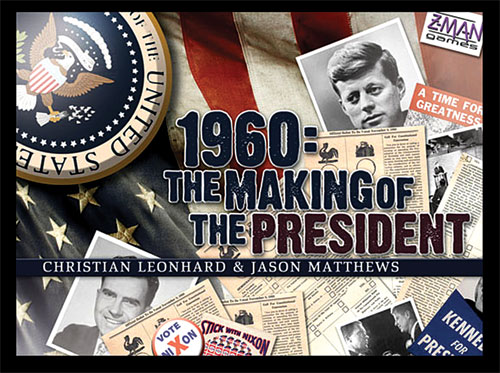The past three years of my life have been consumed by ebooks. I’m involved in the American Library Association’s Digital Content in Libraries Working Group and ALA’s initial Equitable Access to Electronic Content task force. Now, I’d like to to return to one of my initial passions: Gaming.
Mostly, that means analog board games that teachers and librarians can modify to meet instructional goals. For teaching and learning, the flexibility of board games often trumps the more rigid format of digital games.
 The modern board games we offer our member libraries—the same ones I play at home for fun—can be incredibly detailed and complex. Game designers, like authors, often perform in-depth research into their game. The resulting activity is designed to be fun, but rich enough in content to function as an instructional tool. Games like this satisfy the Common Core’s call for new types of resources strong in detail and worthy of deep study.
The modern board games we offer our member libraries—the same ones I play at home for fun—can be incredibly detailed and complex. Game designers, like authors, often perform in-depth research into their game. The resulting activity is designed to be fun, but rich enough in content to function as an instructional tool. Games like this satisfy the Common Core’s call for new types of resources strong in detail and worthy of deep study.
Gaming can also help address many of the challenges facing libraries. We need to build collections with new resources that boost instruction schoolwide. For students stressed out by traditional class work, games in the library can be a welcome respite. And today, when users turn to digital sources for research, libraries can boast a unique, physical service: board games.
In recent years, I’ve had the opportunity to watch Brian Mayer, my library colleague and coauthor of our book Libraries Got Game: Aligned Learning Through Modern Board Games (ALA Editions, 2010), design and publish a board game. His “Freedom: The Underground Railroad” (Academy Games, 2013) is a cooperative activity for one to four players centered on the American abolitionist movement. To create the cards that drive the game, Mayer researched the people, places, and events that defined abolitionism.
Rich in detail, “Freedom” is a fine resource for any classroom studying slavery or the Civil War. The cards provide insight into this period and also give teachers a nice set of research topics.
Other historical games include “1960: The Making of the President,” about the Kennedy/Nixon election and “Twilight Struggle,” covering the Cold War. These games are another informational resource that libraries can acquire to support the Common Core, as they align with CC content, along with its pedagogical requirements focusing on literacy and research. While a lot of fun to play, these games represent a purposeful activity with deep learning embedded within a structured activity.
That said, also consider stocking non-learning games in the library. Quick, simple games such as “Quiddler,” “Set,” “7 Ate 9,” or “Word on the Street” at the close of study hall can offer a mental refresh for students.
I believe that board gaming is a strong contender to become the “Next Big Thing” in schools. Yet no sector of education has laid claim to it.
Opportunity knocks for librarians to be the experts. Why not? Games are just another curriculum-aligned instructional resource—a natural fit for our already eclectic collections. Like information fluency, play is a process skill, not a traditional classroom content area. So get out there and start playing. Let’s make libraries the heart of a continuing trend toward infusing games and play into learning.



Couldn’t agree more!! I have been running an after-school club called Wordsmiths for 5 years now and we play Bananagrams, Boggle, Scrabble… HUGE benefit to kiddos and super fun for a word nerd like me!!
Absolutely! The social aspect, tactile experience, and low-tech accessibility of board games are advantages over digital. I use adapted versions of commercial games (Taboo, Apples to Apples, Wheel of Fortune, Scrabble, Buzzword) and some of my own creations to teach English language and have created dozens of other educational card and board games in low-cost copy-cut-laminate books for teachers (Scholastic). I’m hoping to raise funding to bring back some of my out of print titles and expand the the best games into durable, packaged products to save teachers time.